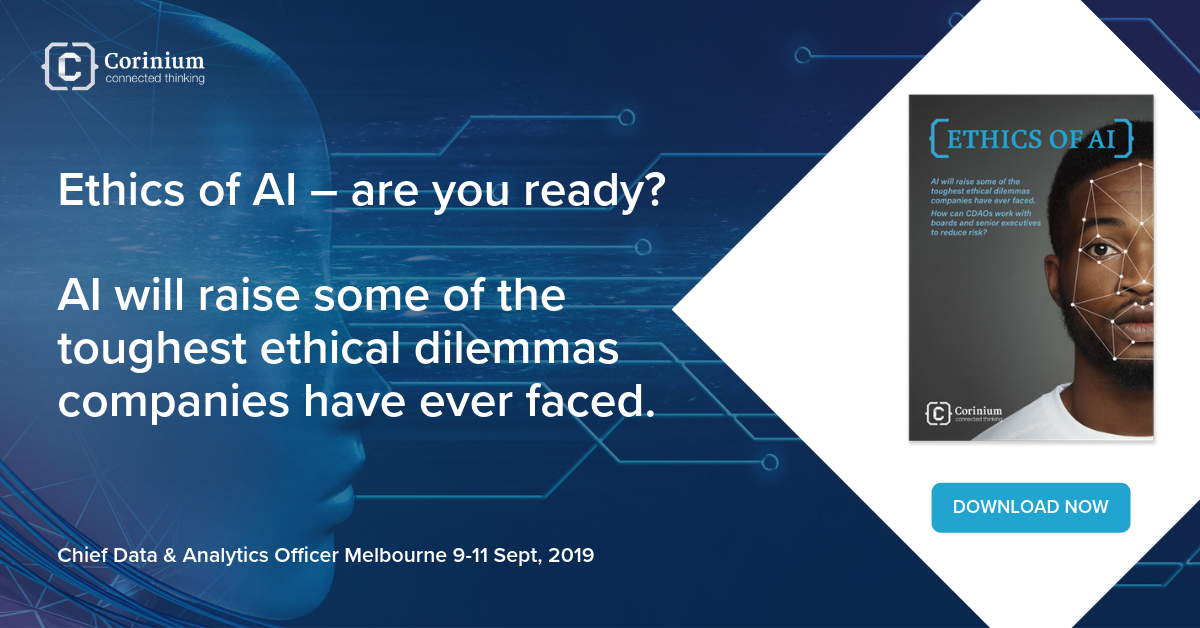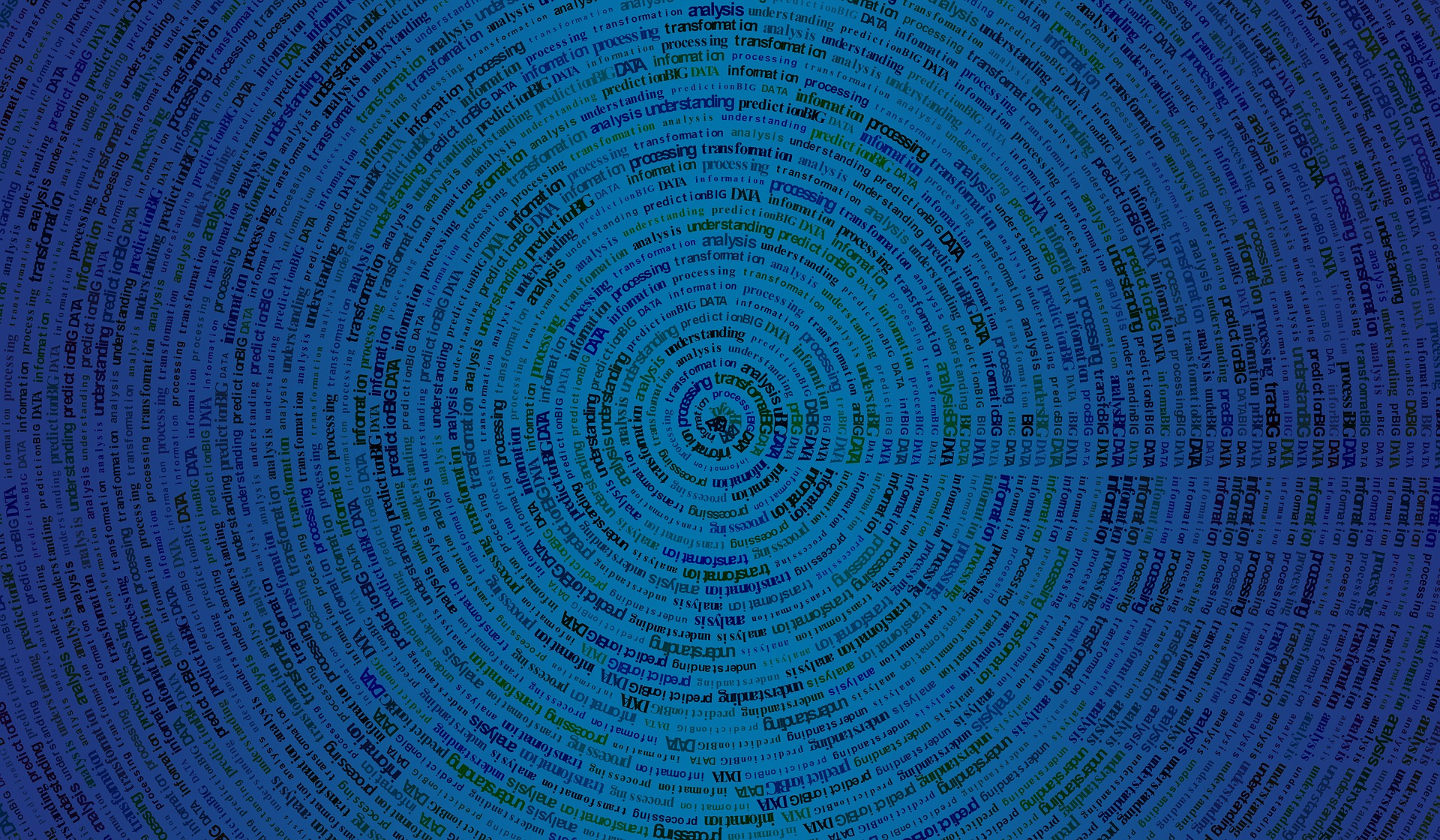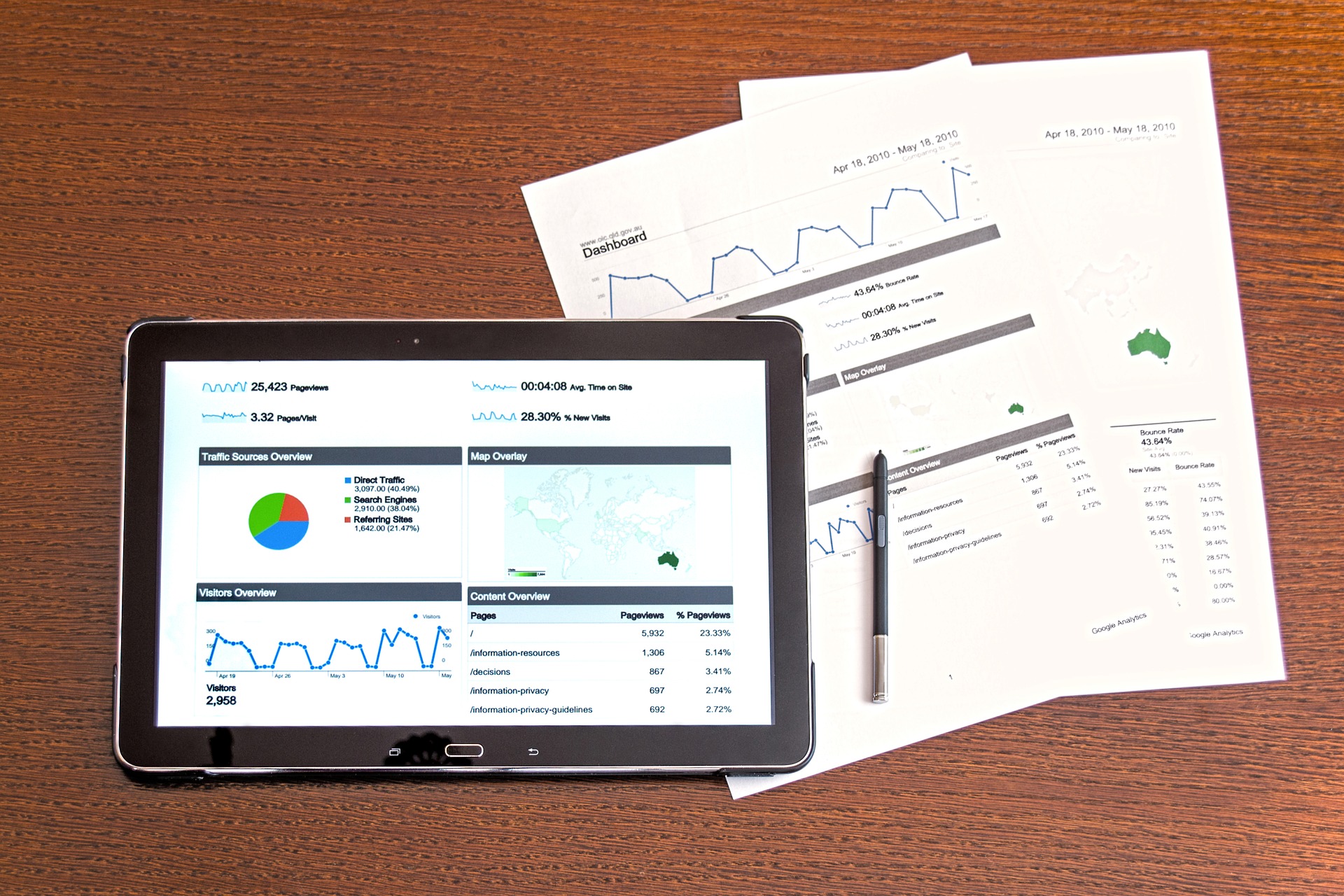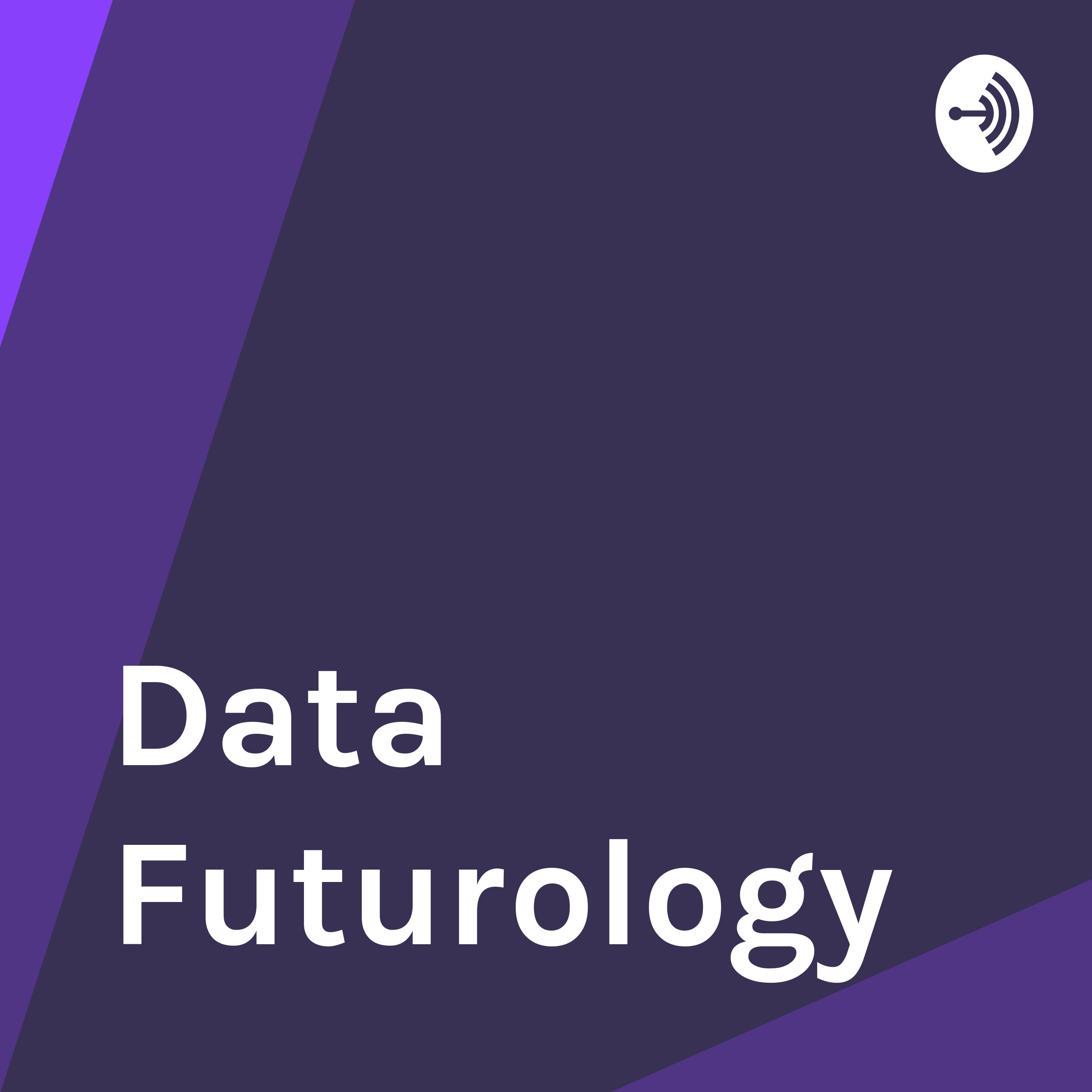Today is International Star Wars Day, or as many die-hard Star Wars fans out there refer to it as, “May the Fourth be With You” day. May 4th is an internationally recognized day that globally celebrates the creation of the Star Wars franchise. Although the day started as an unofficial Star Wars celebration day by fans, it has now been adopted by Lucasfilm as the official annual celebration of Star Wars day.
With the recent resurgence in the Star Wars franchise and the release of “The Force Awakens” in 2015 and “The Last Jedi” in 2017, sentiment analysis has been used to look at the positive and negative impacts that the film has had on audiences all over the world. But just what is sentiment analysis, and how can using it benefit your industry and organization?
What is Sentiment Analysis?
Sentiment analysis is key to helping organizations find out what their customers like and dislike about their products and brands. It is typically used in the entertainment industry to analyze the impact – positive or negative - of a film, book, play or piece of music on its target audience. Gathering customer feedback can lead to the discovery of a wealth of information on what your customers are talking about, and this feedback is often harvested from your organization’s website and social media channels.
While organizations can gather the facts about what their customers think about them, there is often so much more that drives their customers to act and behave in particular ways. This is where sentiment analysis comes in, because it can uncover not just what your customers and target audience think of your brand, but also how they feel about it.
Occasionally sentiment analysis is referred to as opinion mining and it can uncover any changes in what the public thinks about any part of your business, products and services at any time. The information uncovered using sentiment analysis can help organizations make improvements, deploy additional staff, give existing staff more training and even create and adjust marketing campaigns.
Your Audience Awakens with Sentiment Analysis
Sentiment analysis isn’t just relevant for the entertainment industry; using it can provide key insights into what your target audience and customers think and feel about your organization, products and brand in almost any industry. By deploying sentiment analysis to find out how these are perceived in your marketplace you will get a much clearer insight into the things your customers think and feel about your brand and find out their underlying intentions and possible reactions in their decision making process when buying your products or services.
Sentiment analysis therefore becomes a key part of analyzing conversations that happen online and on social media channels about your brand, products and services - often with greater accuracy. Aligned with market research, sentiment analysis can drill down into what your customers think and feel which in turn will give you insightful information to improve in line with your customer’s needs.
Stretch Out With Your Data Feelings: How Disney Utilized Sentiment Analysis
While this example focuses on the use of sentiment analysis to assess the positive and negative impact of the “Star Wars” film franchise, sentiment analysis can be deployed in almost any industry and organization.
In the lead up to the release of both “Star Wars: The Force Awakens” and “Star Wars: The Last Jedi in 2015 and 2017 respectively, sentimental analysis was deployed which looked at the positive impact of the release of both films. It wasn’t enough to look at how much money both films took at the box office globally, Disney wanted to get a clear insight into how fans of the franchise felt about the films. By analyzing tweets about each film release using a sentiment analysis score of -1 and 1 with -1 being a tweet from someone who hated the films and 1 being a tweet from someone who thought the films were the best things ever, clear insights about how fans felt about them were found.
Hashtags such as #StarWarsAwful started trending above the official hashtag for the film, #TheLastJedi, complete with an emoji of one of the most iconic characters from the film, the robot BB-8. Through the deployment of sentiment analysis studio insiders were able to see first-hand what fans of the film thought about the return of long-standing character Luke Skywalker, played by the actor Mark Hamill. It is thought that these insights will play a huge part in the direction and shape of how the ninth film in the Star Wars franchise will pan out script wise when it is released in December 2019.
Sentiment Analysis and Employee Engagement
Sentiment analysis isn’t just applicable to finding out what your customers and target audience thinks and feels, it can also uncover deep and hidden insights from your employees too. By finding out what they really feel about the organization they work for you will be able to decide whether to make any changes if employee morale is low.
Employees are often inclined to be more honest and open when they talk about their work to their social circle, so sentiment analysis can help to uncover areas they are not happy in. This way you can decide whether to take any remedial steps to address their concerns.
Starbucks used sentiment analysis to find out what their employees thought of the organization and what it is like to work for them by utilizing the leading employer rating website Glassdoor. It was found that those who work for Starbucks had a huge amount of pride in their work and in the company, and that employees appreciated other things given to them such as employee benefits, and not just the salary.
Conclusion
Sentiment analysis can help you uncover what your customers and audience feel about your products, services and brand. It can, for example, find out what they think of how your app is designed and presented, whether your pricing is competitive and whether your website is easy to use and navigate around. This kind of feedback can only be gained through finding out what your customers think and feel and give you a clear edge over your competitors.
Join the Debate in our LinkedIn Groups
Do you use sentiment analysis in your organization? Is the use of sentiment analysis the future of drilling down into what your customers and target audiences think and feel about your brand, products and services? Join the debate in our LinkedIn Groups.








